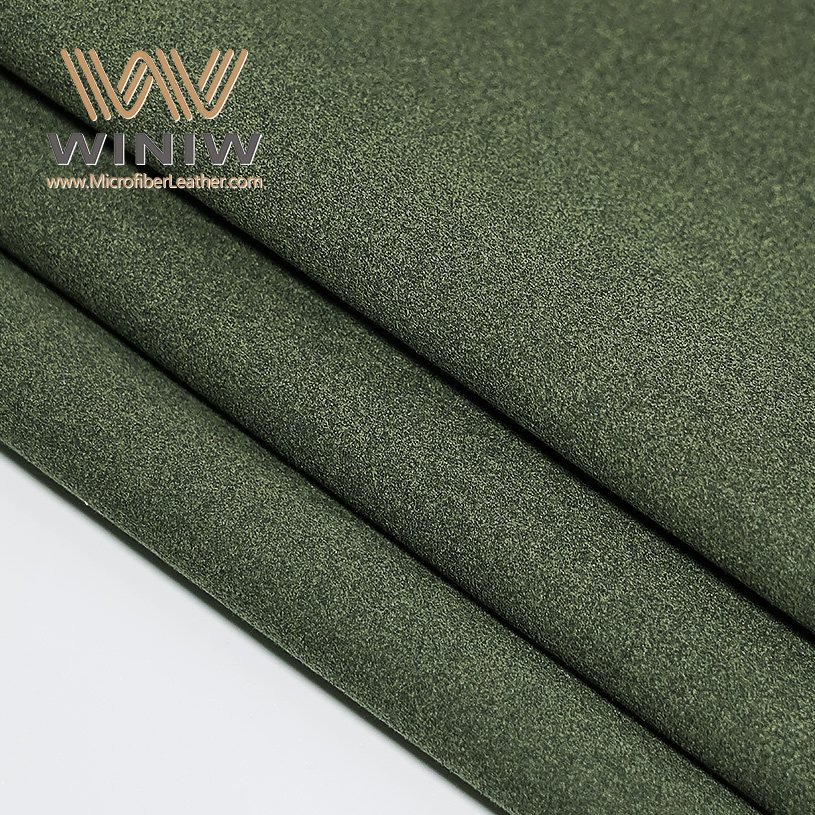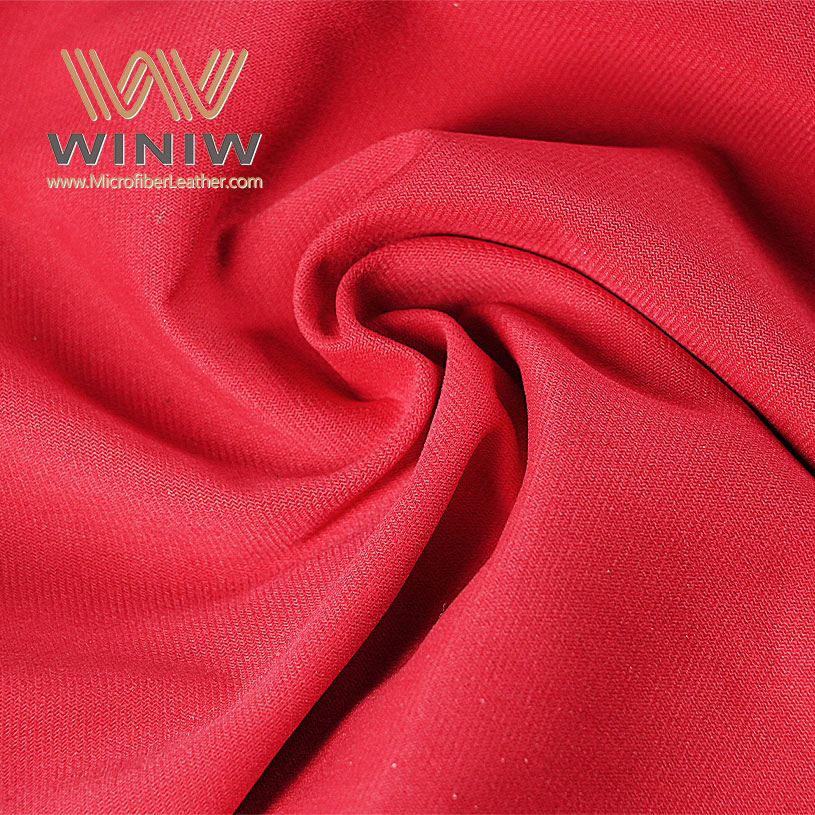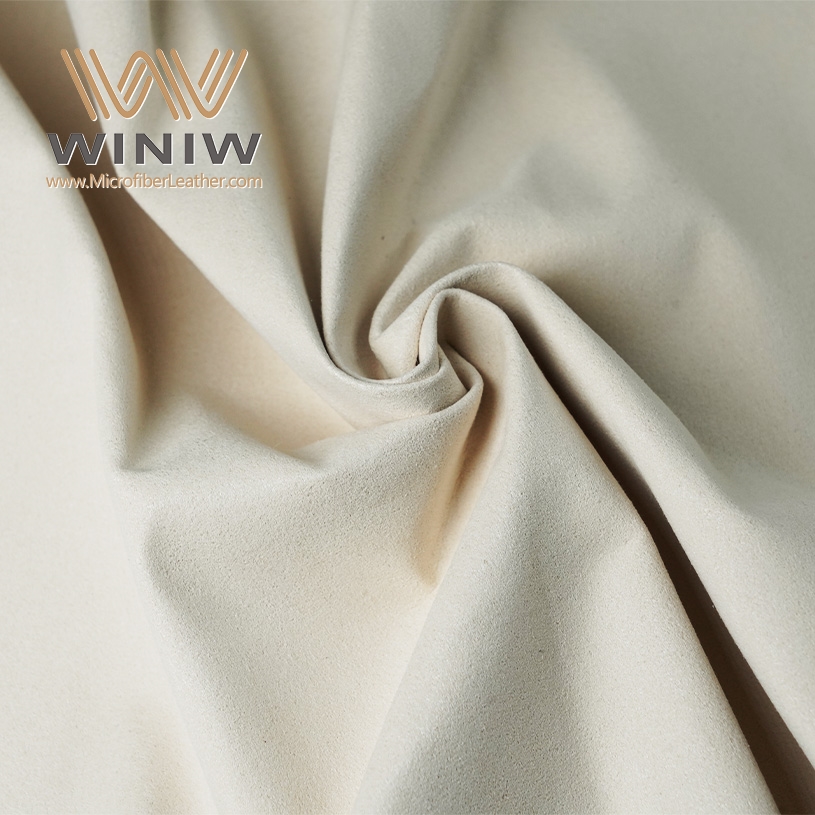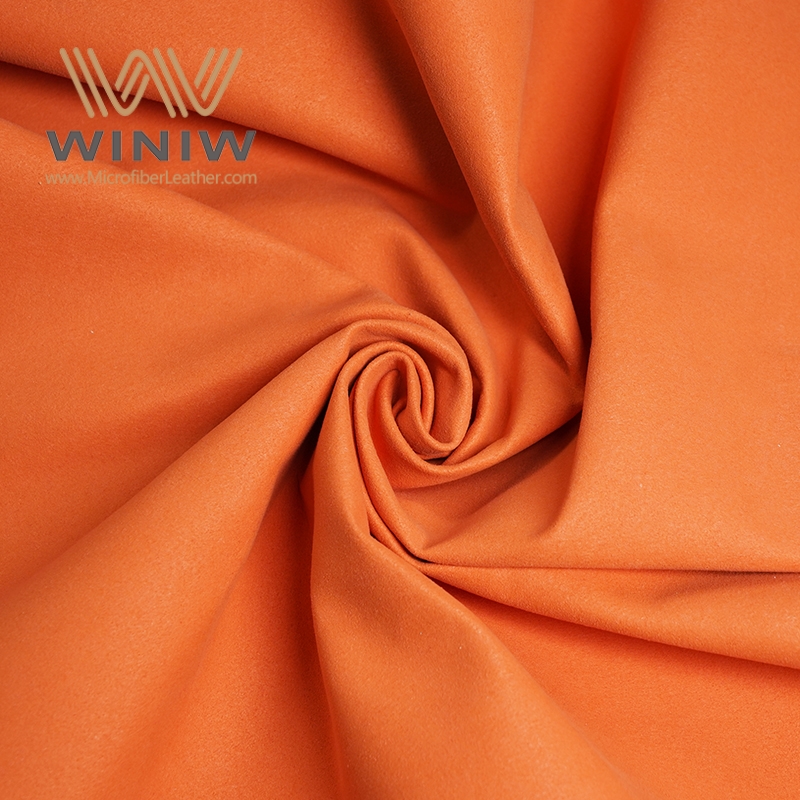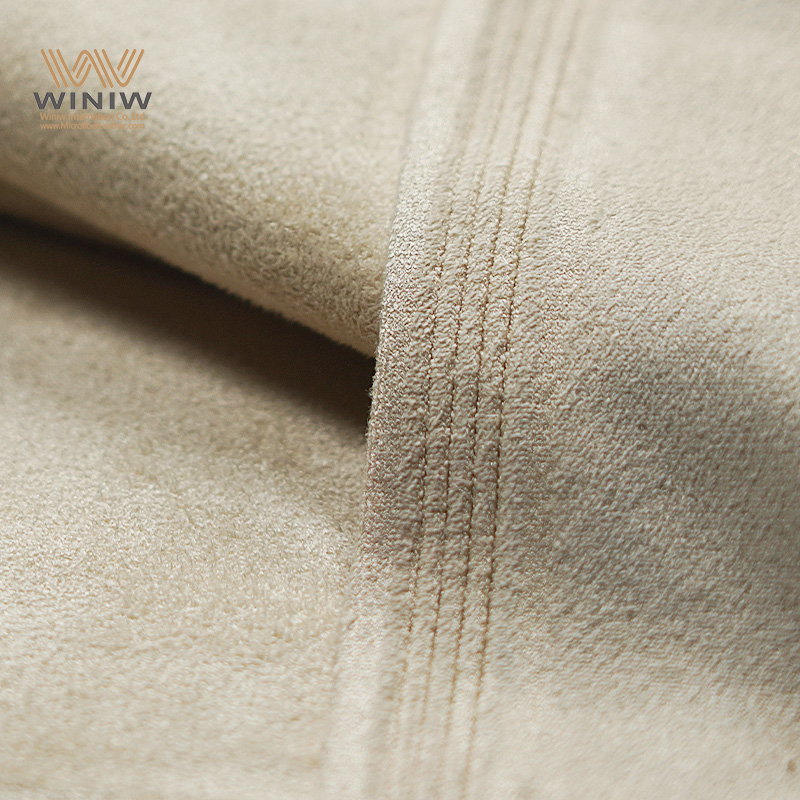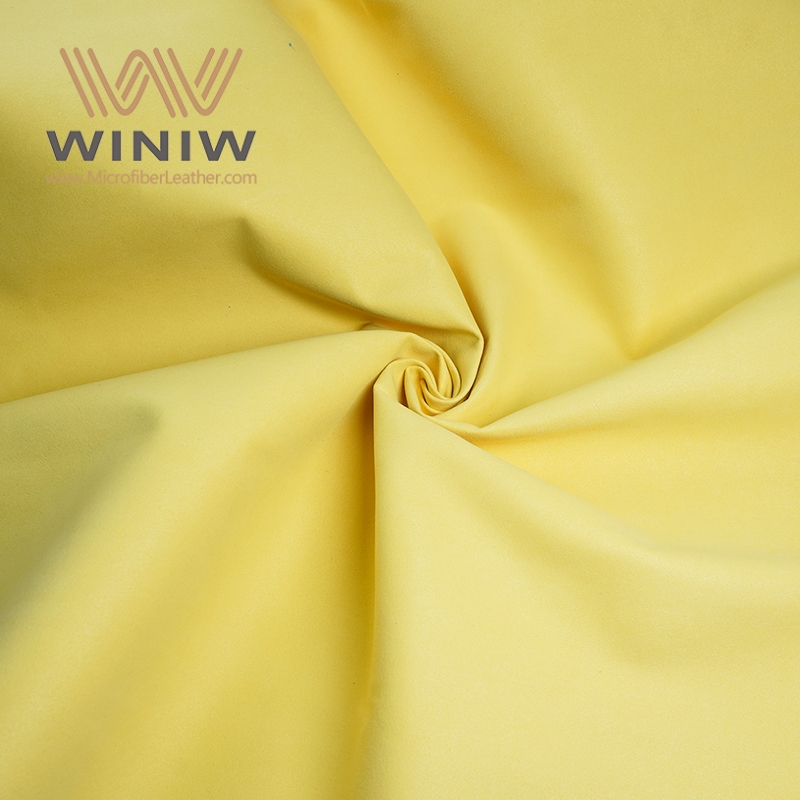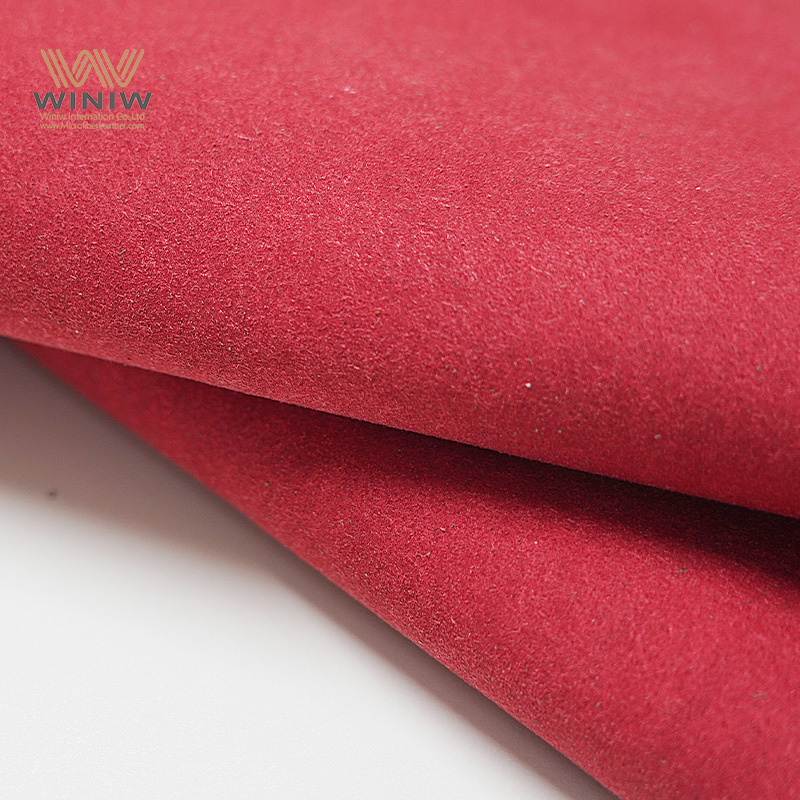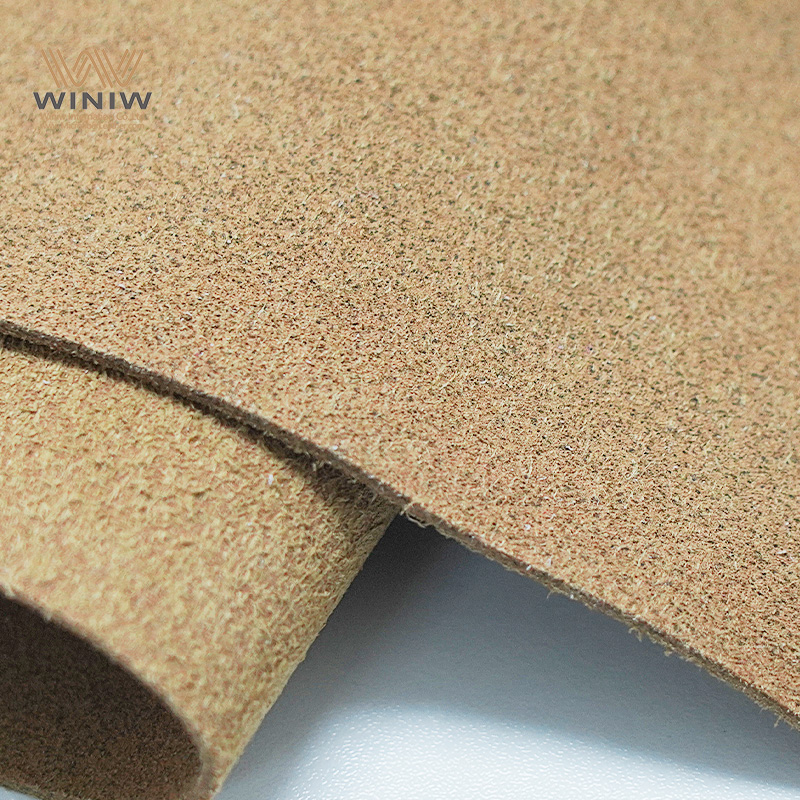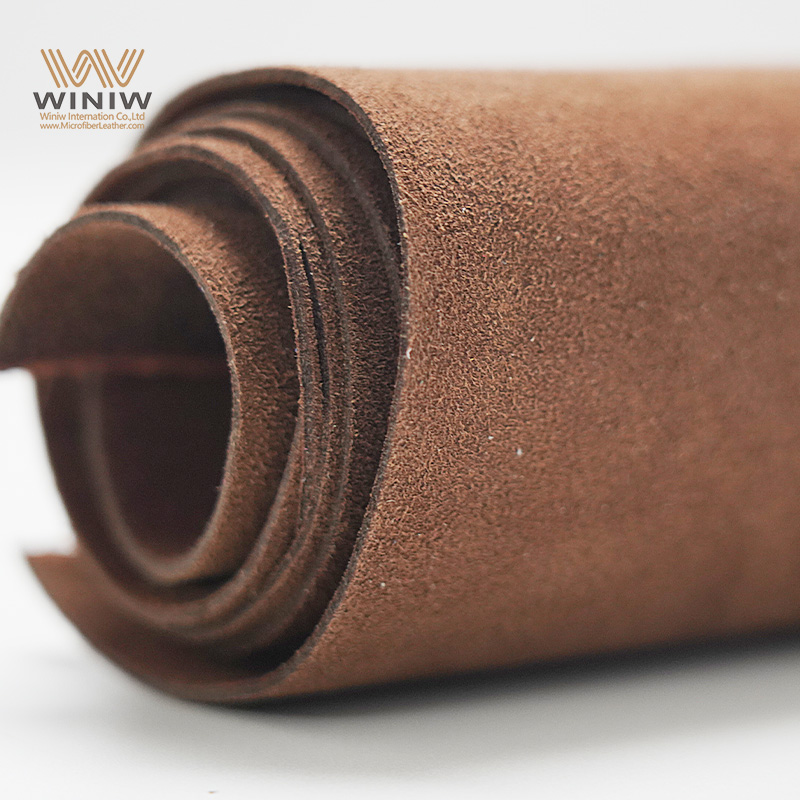Do they still make leather soccer cleats?
Yes, they do still make leather soccer cleats, though they are not as popular as synthetic ones. Leather has been used for soccer cleats for a very long time, and there’s a good reason it hasn’t disappeared completely. Many players, especially those who have been playing for years, love the way leather feels on their feet.
Real leather, usually from cows, is soft and flexible. When you first put on a new pair of leather cleats, they might feel a little tight. But after wearing them a few times, the leather stretches a bit to fit the shape of your foot. It’s like breaking in a pair of shoes that eventually feel like they were made just for you. This close fit makes it easier to control the ball, whether you’re passing, shooting, or dribbling. Players often say leather gives them a better “touch” on the ball, which is important in a game where small movements can change the outcome.
Of course, leather cleats have their downsides. For one, they cost more than synthetic ones. Making leather cleats takes more time and care, and the material itself is pricier. Leather also doesn’t handle water well. If you play in the rain, leather cleats get heavy and take a long time to dry. If they get wet too often without proper care, they can crack or wear out faster. That’s why many casual players prefer synthetic cleats—they’re cheaper, lighter, and hold up better in bad weather.
But brands still make leather cleats for a specific group of players. They’ve even made improvements to fix some of leather’s problems. For example, some companies treat the leather to make it more water-resistant. Others mix a little synthetic material with the leather to make it stronger without losing that soft, flexible feel. These upgraded leather cleats are often sold as “premium” options, aimed at serious players who care more about comfort and ball control than cost.
You can find leather soccer cleats in sports stores, especially in sections for high-quality gear. They might not be on the front shelves next to the latest synthetic models, but they’re there. Coaches and older players often recommend them to young athletes who want to improve their touch, saying the leather helps them learn how to handle the ball better. Even with all the new materials, there’s something about leather that feels classic and reliable to many in the soccer world.
So, while synthetic cleats are more common today, leather soccer cleats are still being made. They cater to players who value that natural, broken-in comfort and the unique feel they provide. As long as there are players who swear by that leather touch, brands will keep making them.


